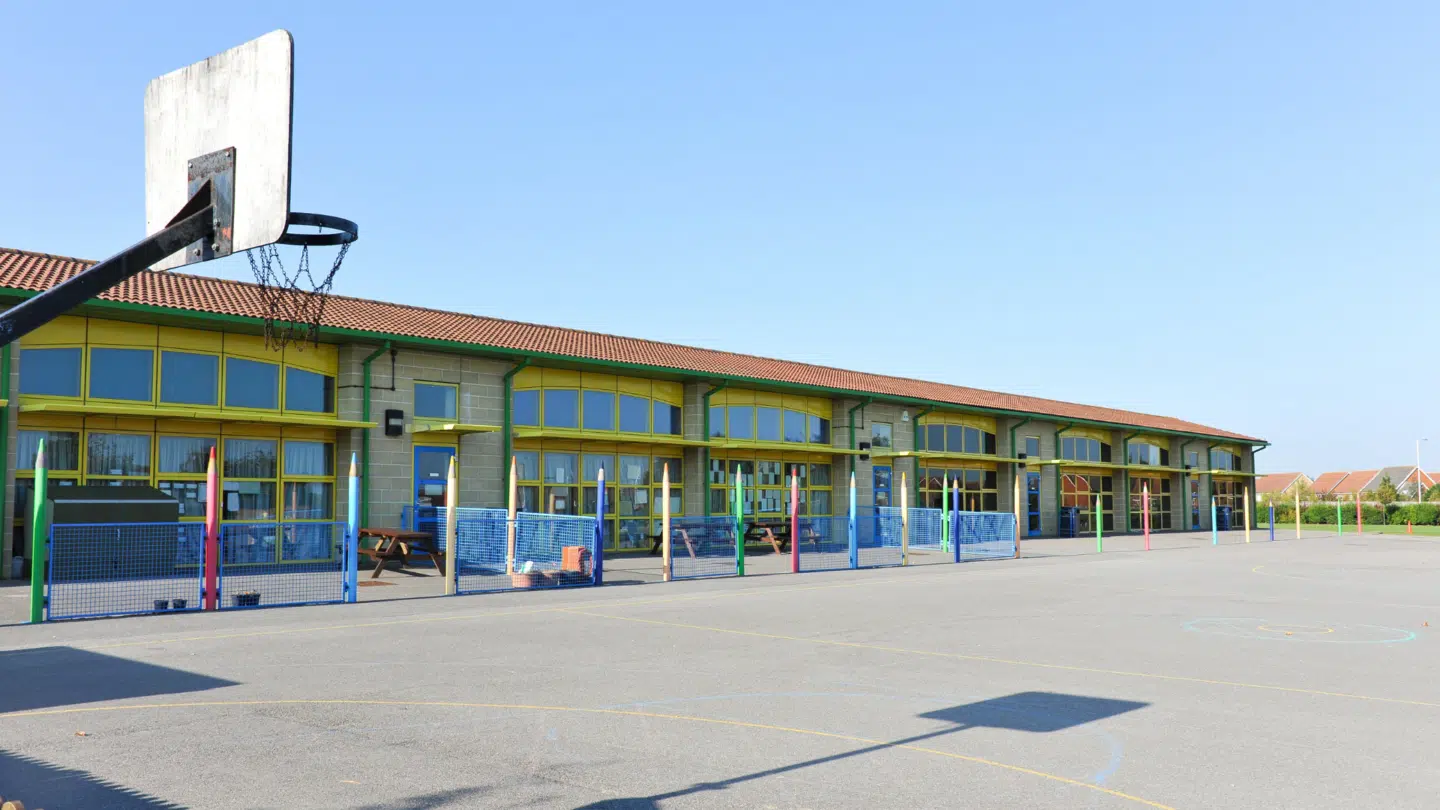The big annual survey
Many schools and trusts run a big, annual survey. These tend to be comprehensive. They cover everything leaders want to know providing an in-depth understanding of the school. A big annual survey is a big effort. Leaders work hard to design and distribute the survey – and to encourage staff to respond. This usually means they attract a fair number of responses . So the big annual survey can be a useful way to take a snapshot of the health, strengths, and needs of their school(s).
The pulse survey
Recently, pulse surveys have become more popular. To apply the medical analogy they invite, we can see the big annual survey as the full medical examination. It’s a big event and checks everything, from head to toe: curriculum, cafeteria, safeguarding, wellbeing, after-school clubs, you name it.
By contrast, the pulse survey is a quick check of the vital signs. This might mean a survey of 5-10 questions. It usually includes a question to capture overall impressions, like ‘How happy are you in your role right now?’ And it may include a handful of other questions around the topics which matter most at the moment: wellbeing perhaps, or behaviour.
Pulse surveys have several advantages:
1) Pulse surveys are quick
Pulse surveys demand very little time – from anyone. On average, leaders using our School Surveys platform set up a survey in about three minutes. For staff, a 5-10 question survey can be answered in a few minutes: a quick task to fit in over a cup of tea, or before briefing (rather than a half-hour ordeal for which they need to carve out time).
For leaders, sticking to a handful of questions has another advantage: there’s much less to read through, analyse and respond to. This makes the pulse survey a quick way to find out what staff are really thinking. Which means…
2) Pulse surveys can happen frequently
Since pulse surveys are quick, leaders can run them frequently. The big annual survey captures how staff feel at a particular point in the year (usually the end). But staff feelings (about work, behaviour, and anything else) change as they year goes on.
Often, the big annual survey provides information after its needed. The best time to address an issue is right away: before it festers. If leaders want to retain staff, they need to know whether staff are thinking about leaving – and why – early enough in the school year to do something about it.
How frequently can pulse surveys happen? MEA Central uses School Surveys every week. Not every school will want to achieve that frequency: but the answer is probably more often than you’re surveying staff now!
3) Pulse surveys allow leaders to track progress
Schools are continually doing new things. They launch policies, stage interventions and offer training. Each change incurs substantial costs of time and energy. So leaders need to know how well changes are going – as soon as possible.
Pulse surveys allow leaders to track what’s changing. Let’s say leaders are looking at the marking burden on staff. A pulse survey allows leaders to repeat key questions before, during, and after training, or a policy change. Our benchmarked marking questions address how long staff are spending, how often they’re doing it, and what kind of comments they’re making. So a leader who wants staff to mark less, or more, or differently can easily track the effect of the changes they’ve made.
Pulse surveys rapidly show whether staff are doing what the leader hopes they’ll do. Instead of waiting to the end of the year to find out there are problems, leaders can course correct to ensure that, by the end of the year, they’ve achieved their goals.
4) Pulse surveys improve communication
Effective communication is a two-way process. Pulse surveys allow leaders to close the loop between their actions and staff responses.
Leaders get lots of chances to communicate with staff: briefings, bulletins, meetings. But without pulse surveys, it’s very hard for leaders to know what staff really think. Perhaps the most enthusiastic (or sceptical) staff will get in touch. With a pulse survey, leaders can soon hear from all staff.
Leaders can respond to the feedback they get – and staff can give further feedback. Communication is no longer one-way: all staff now have an ongoing channel of communication with leaders.
The best of both: using pulse surveys and annual surveys
Perhaps schools and trusts can enjoy the best of both worlds. Some School Surveys users run both a big annual survey and smaller pulse surveys. The big annual survey offers a broad review of the year. Between annual surveys, pulse surveys allow leaders to:
- Dig into the issues the annual survey has raised
- Track change over time
- Improve communication within the school
This approach allows schools to ensure they’re getting the information they need, when they need.
Conclusion: Finding the right approach for your school
Both pulse surveys and big annual surveys have unique benefits. Combining them allows schools to develop a comprehensive strategy to hear from staff, track priorities and improve communication.
Key Takeaways:
1. Annual surveys provide a deep, comprehensive view of the school’s overall health.
2. Pulse surveys offer quick, frequent insights into specific issues and track changes in real-time.
3. A combination of both survey types may provide the most robust feedback system.
If you’d like to discuss your current approach, and hear about School Surveys can help you run both big annual surveys and pulse surveys quickly and effectively, get in touch.



